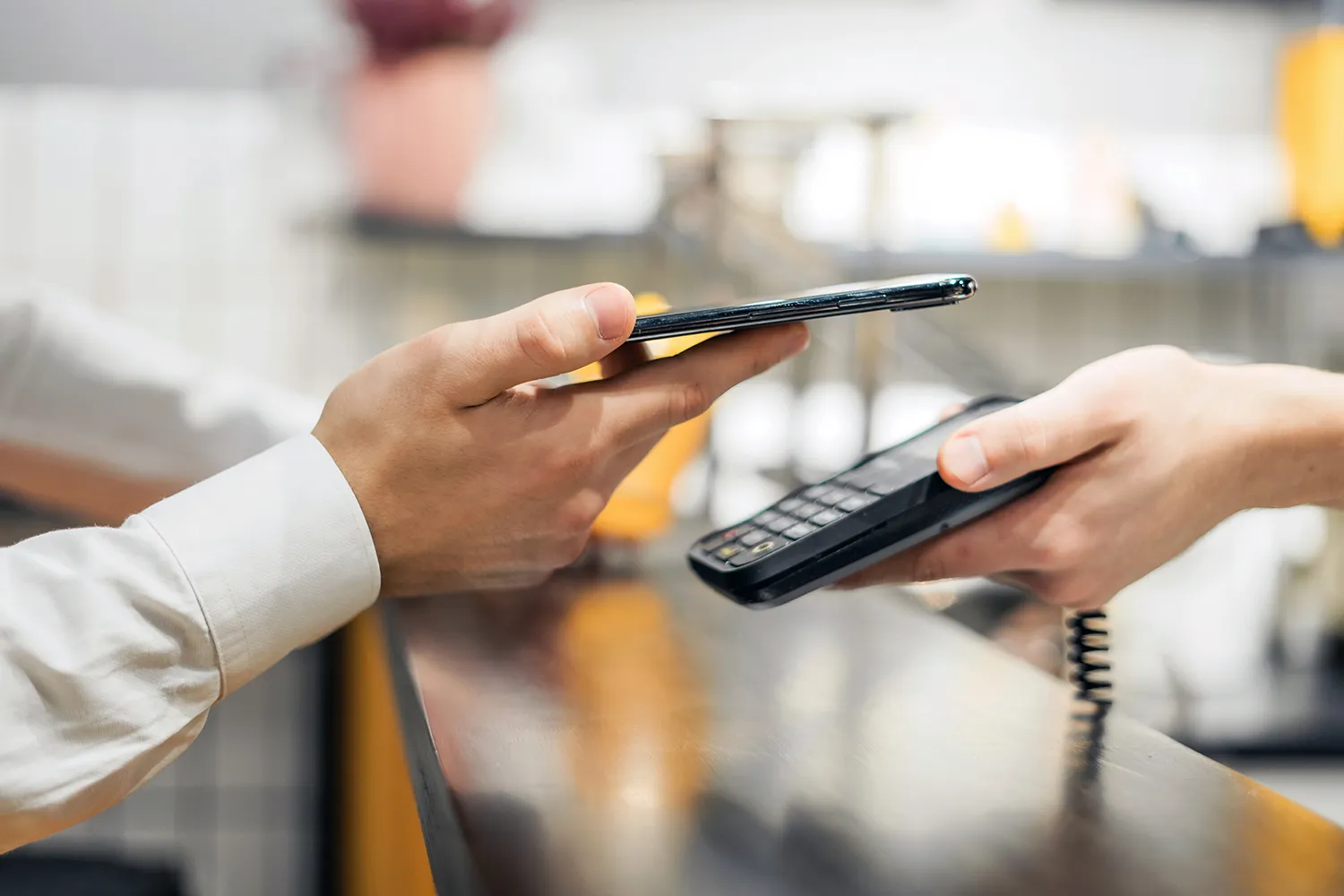Quick Pay: Russia’s Homegrown Services Are Scaling Fast

With Apple Pay and Google Pay gone since 2022, Russia has built its own robust ecosystem of mobile cashless payments. By mid-2025, the market showed strong growth both in users and in transaction volumes.
More Transactions, More Users
Yandex Pay reports that abandoned shopping carts drop by 18% when one-click payment is available. It is no surprise that merchants are increasingly adopting mobile payment solutions, as reflected in the results of domestic services.
For example, T Pay now processes more than 9 million payments monthly. By August 2025, it reached 9 million users, while the number of business clients grew fourfold over the past year.
Gazprom Pay saw operations rise by 92% in the first half of 2025 compared with the same period a year earlier, while transaction volume grew 102%. The service’s user base expanded by 30%, reaching 3.3 million people.
MTS Pay also recorded a 30% increase in users (5 million total) and a 25% rise in transactions. VTB Pay, launched earlier this year, has already attracted nearly 1 million active users in its first eight months.

Why It Matters
QR codes at checkout, payment stickers, biometric and other contactless methods offer not only fast payments but also stronger data protection. Each transaction is encrypted, card details are replaced by temporary digital tokens, and the risk of data leakage is minimized.
Thanks to the maturity of domestic solutions, pay services have become part of daily life for millions of Russians. Consumers appreciate both speed and convenience, while banks integrate payment platforms into mobile apps to show purchase history, offer cashback programs, and manage subscriptions.
Banks also benefit. Operational costs fall, customer loyalty strengthens, and transaction activity rises—the easier the payment, the more often people pay.
Businesses profit too. Commissions are usually lower, and e-commerce conversion rates are higher when pay services are available.

From Dependence to Self-Sufficiency
Between 2019 and 2022, Mir Pay was the dominant contactless payment solution, growing its audience 20-fold. By 2024, however, its market share slipped to 5%, yielding ground to alternative platforms developed by Russian banks.
The rise of domestic pay services is a direct response to geopolitical challenges. When Apple Pay and Google Pay left, banks had no choice but to create their own alternatives—and they succeeded. Dependency gave way to self-sufficiency with the launch of SB Pay based on the Faster Payments System, along with T Pay, VTB Pay, and others.
Today, Russia’s National Payment Card System (NSPK) is developing 'Wave,' a Bluetooth-based payment technology that enables transactions even when a smartphone screen is off. Pilot tests began this year, with mass rollout expected in 2026.

Outlook and Forecasts
Experts expect continued growth of pay services in the short term. But within three to five years, cheaper technologies may replace them, particularly those built on the digital ruble, which eliminates intermediaries and reduces fees.
Over time, Russian pay solutions could gain traction in countries with developing digital infrastructure. In the EAEU, Africa, and Latin America, such technologies could form the backbone of domestic payment systems, especially if adapted to local regulatory standards.
Today, bank pay services are not just a passing trend but a stable component of Russia’s digital economy.










































